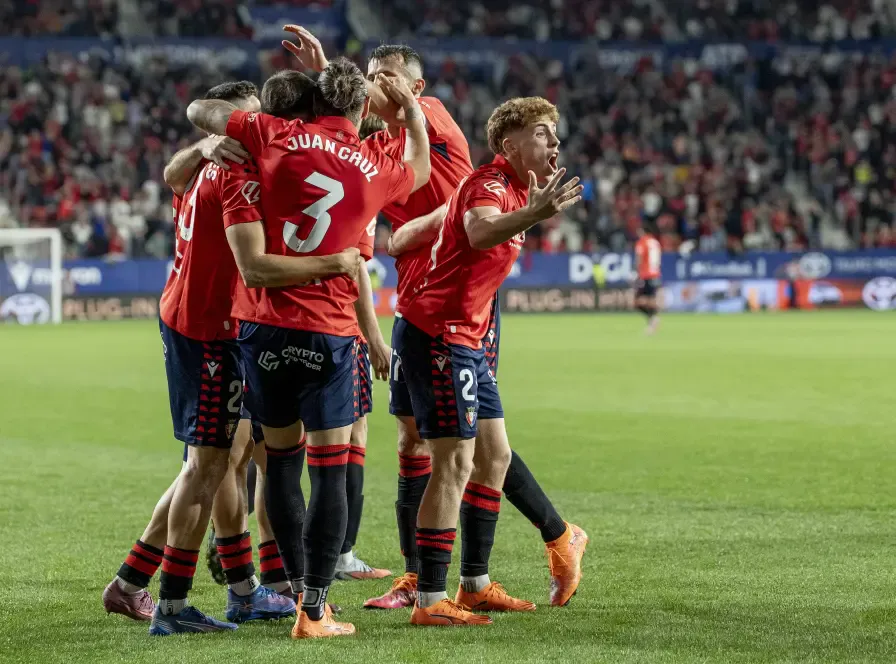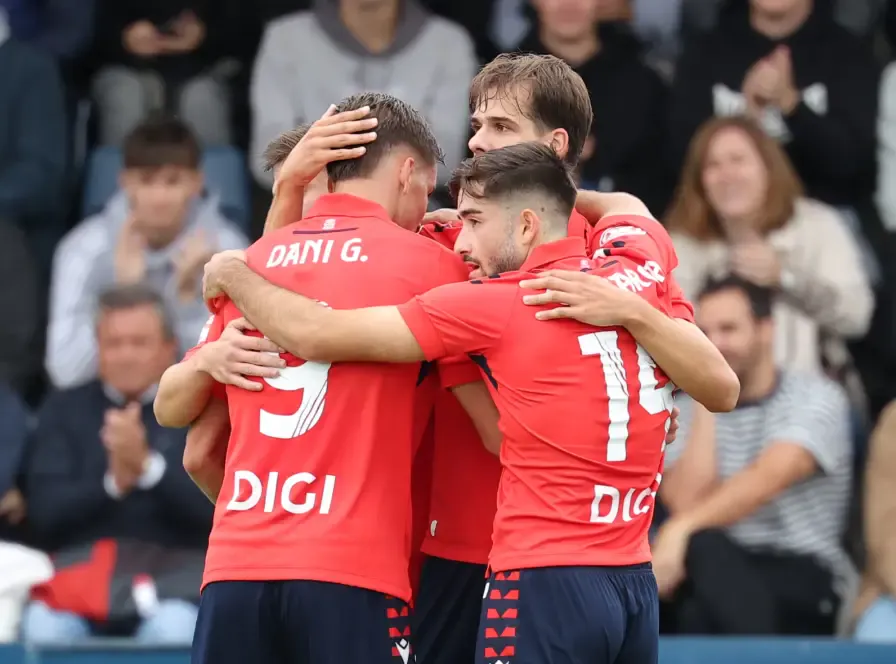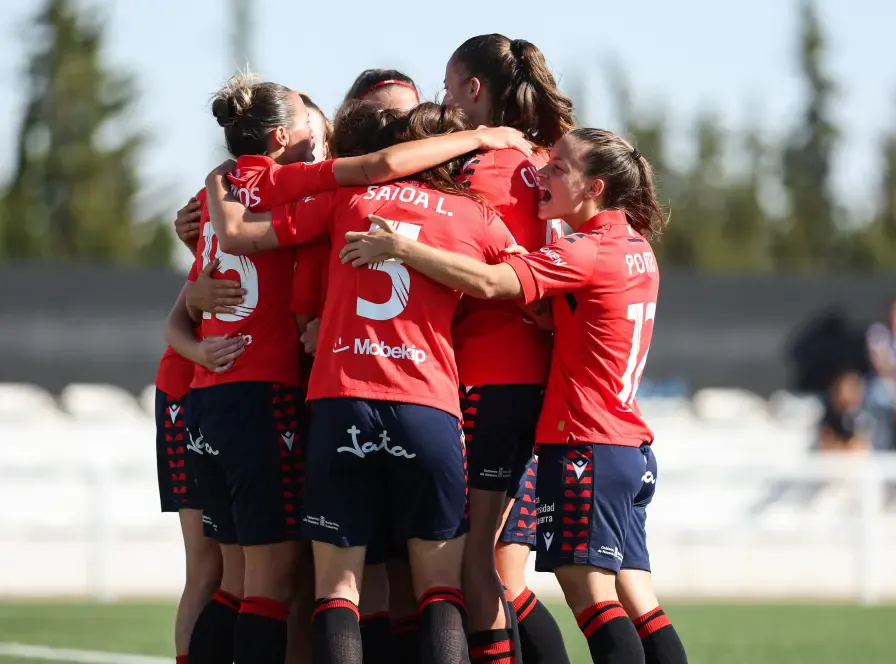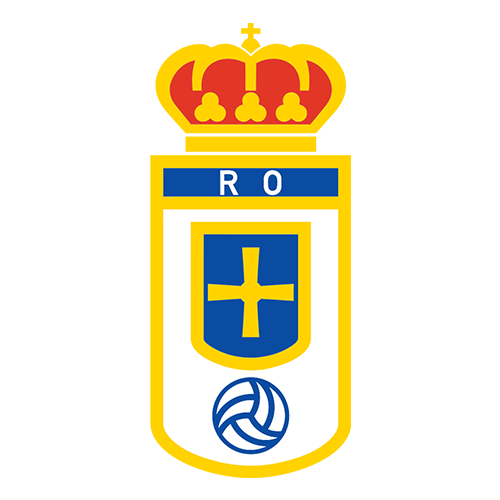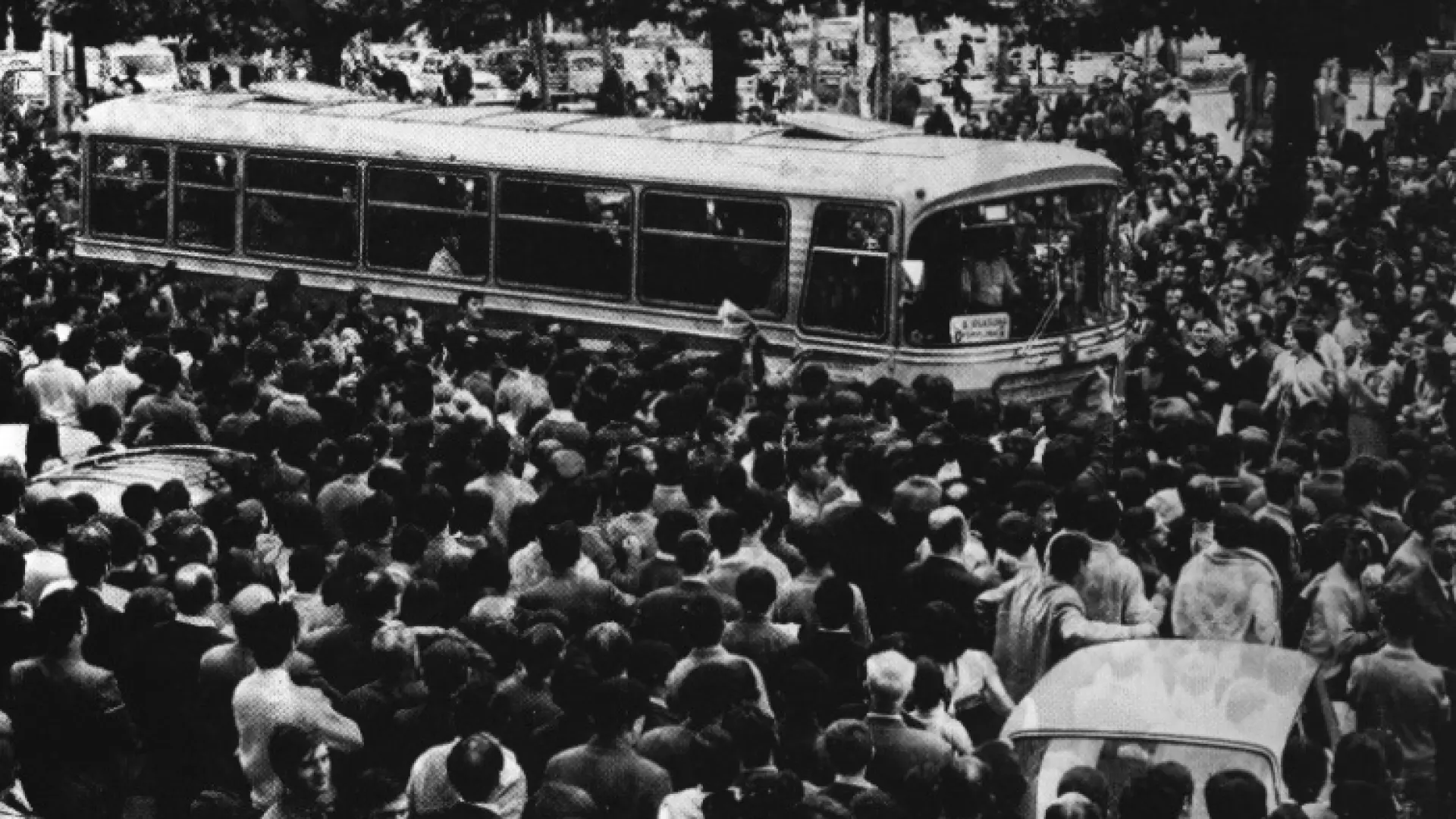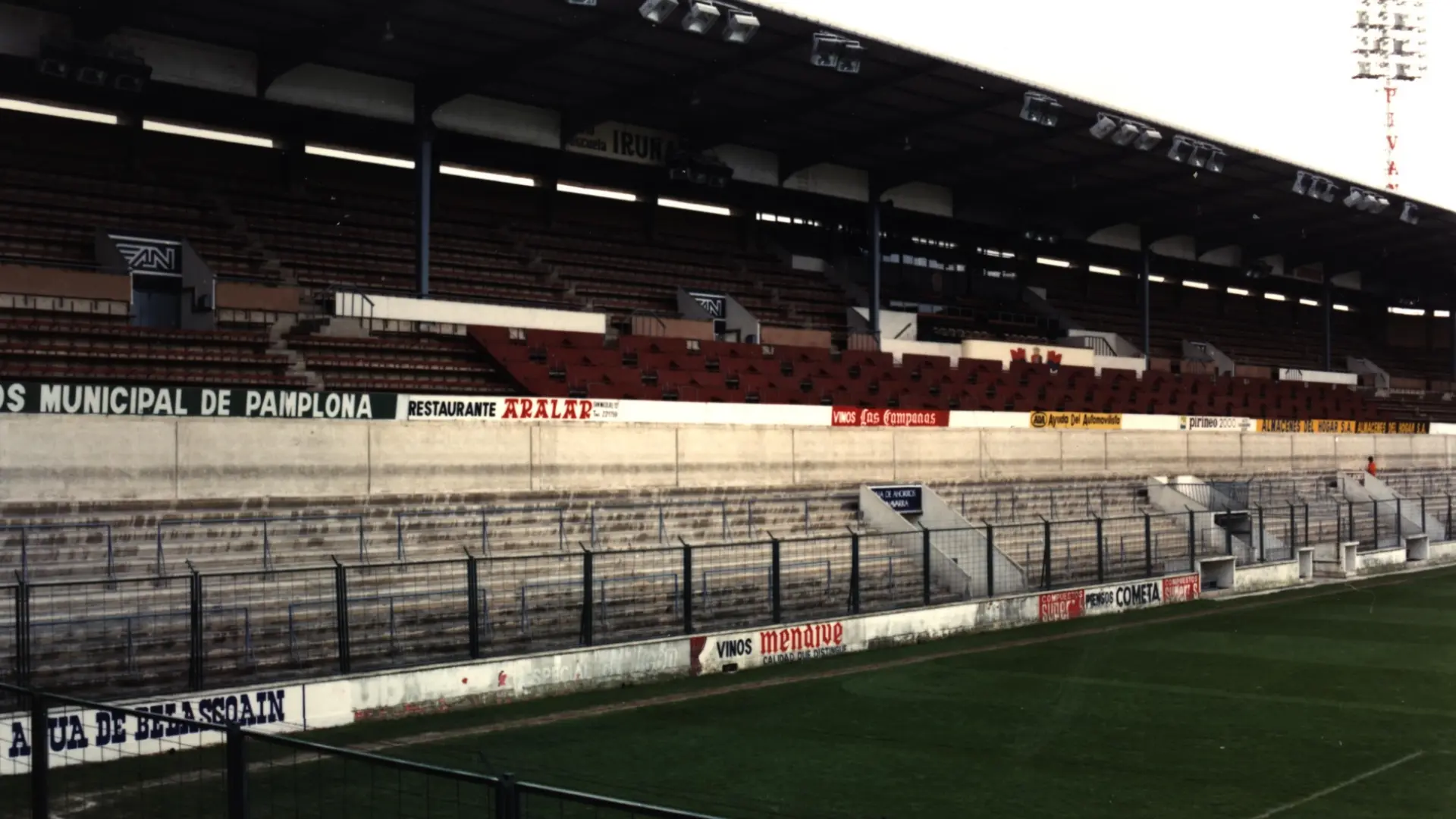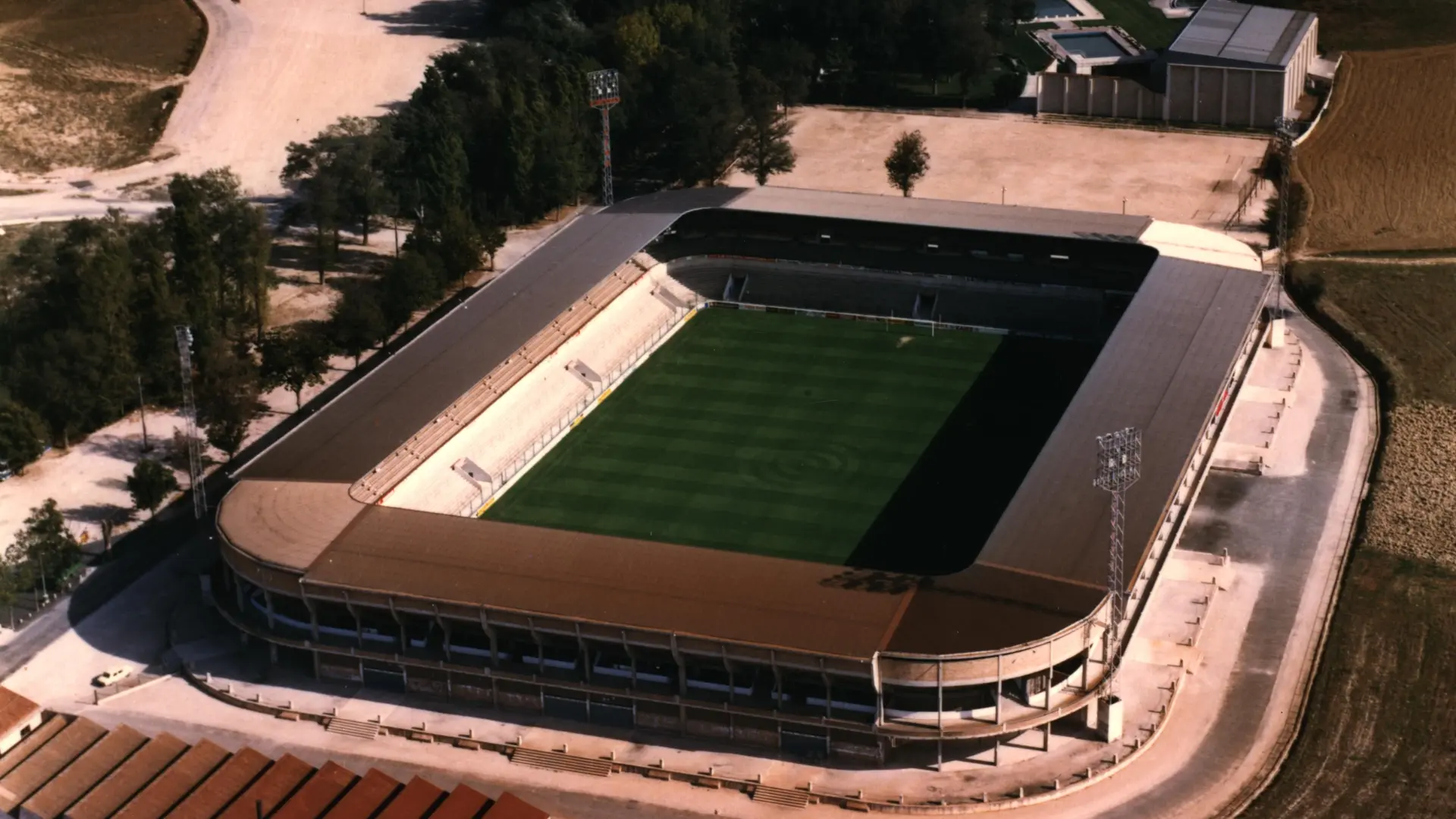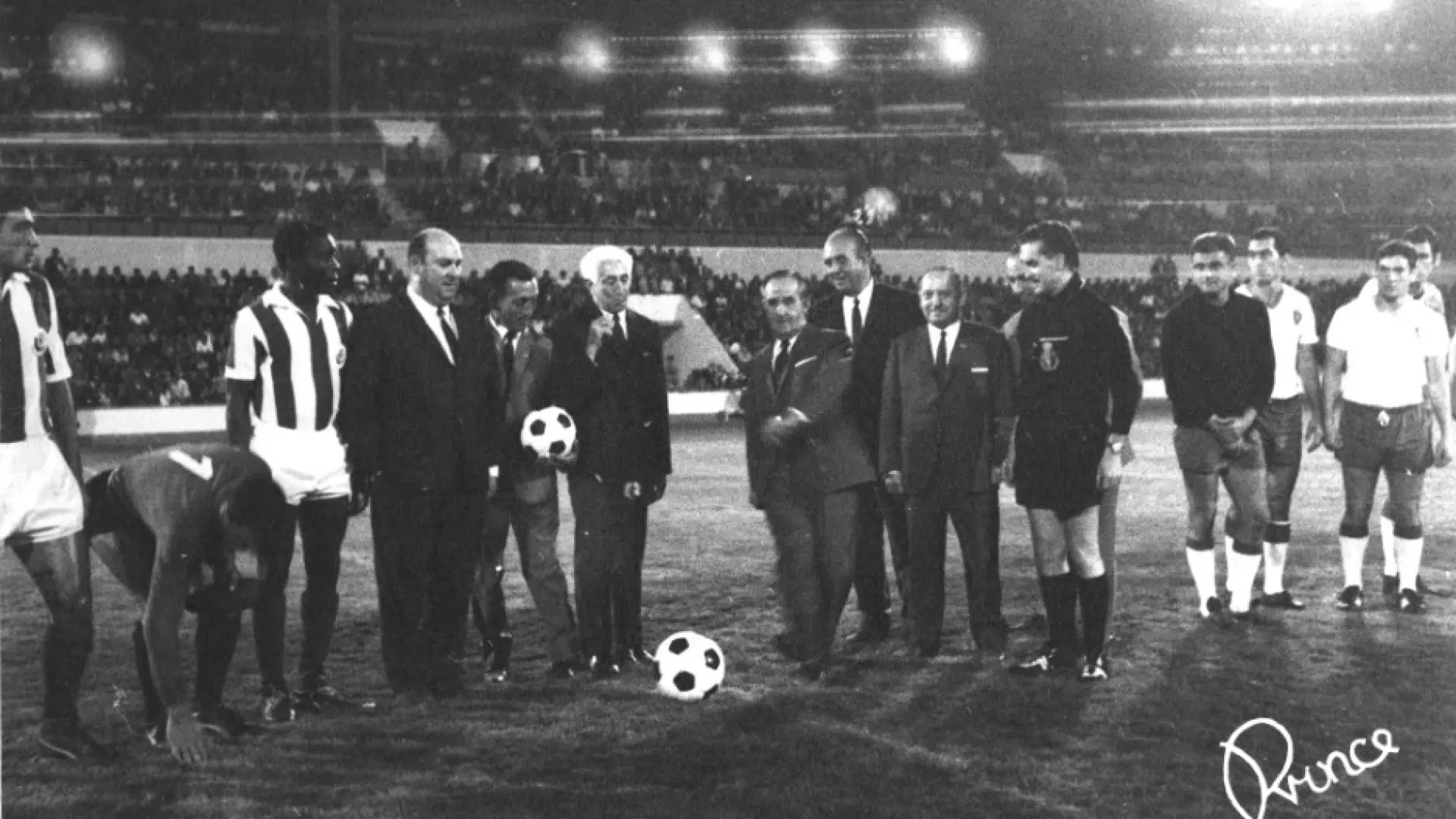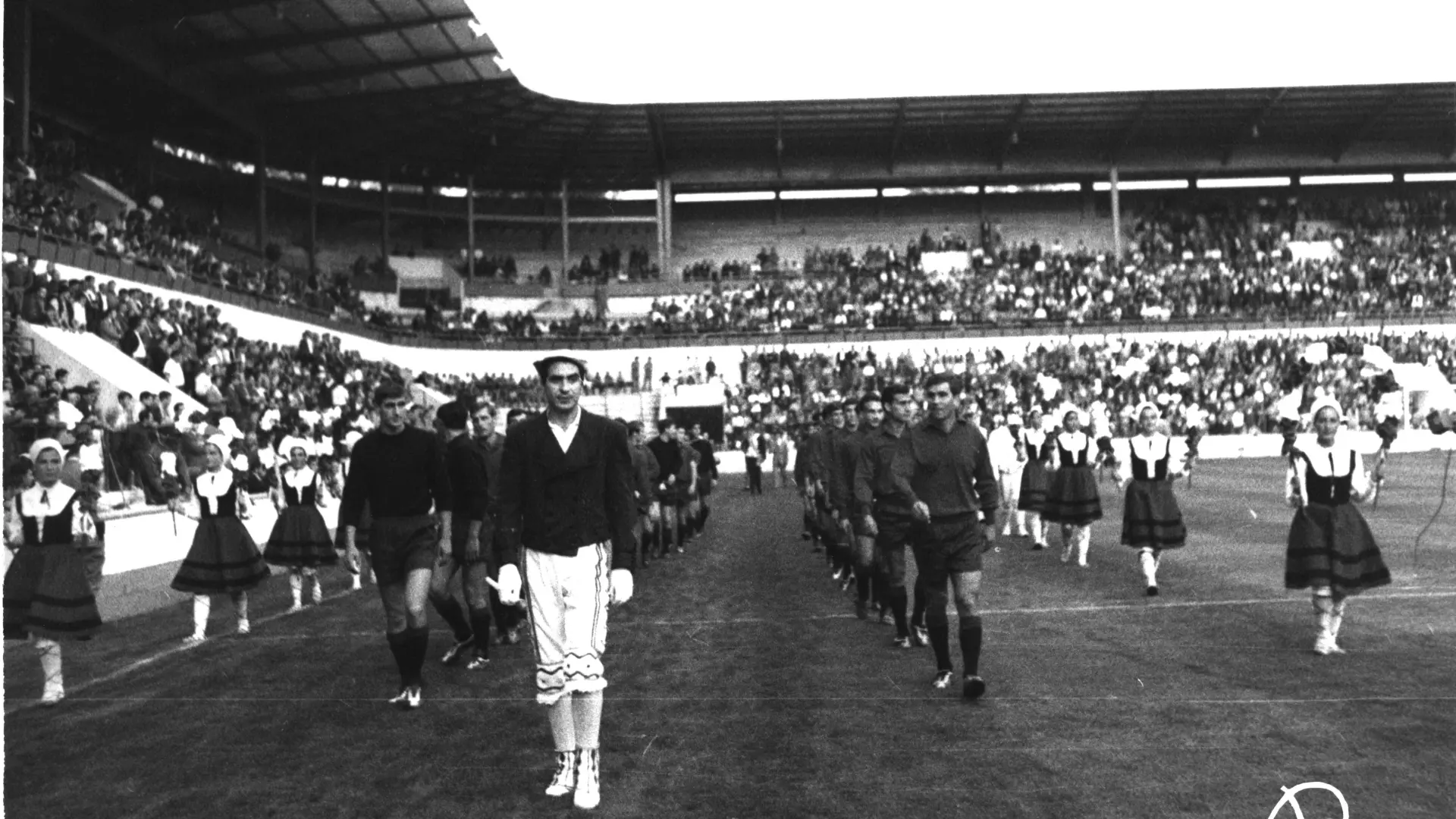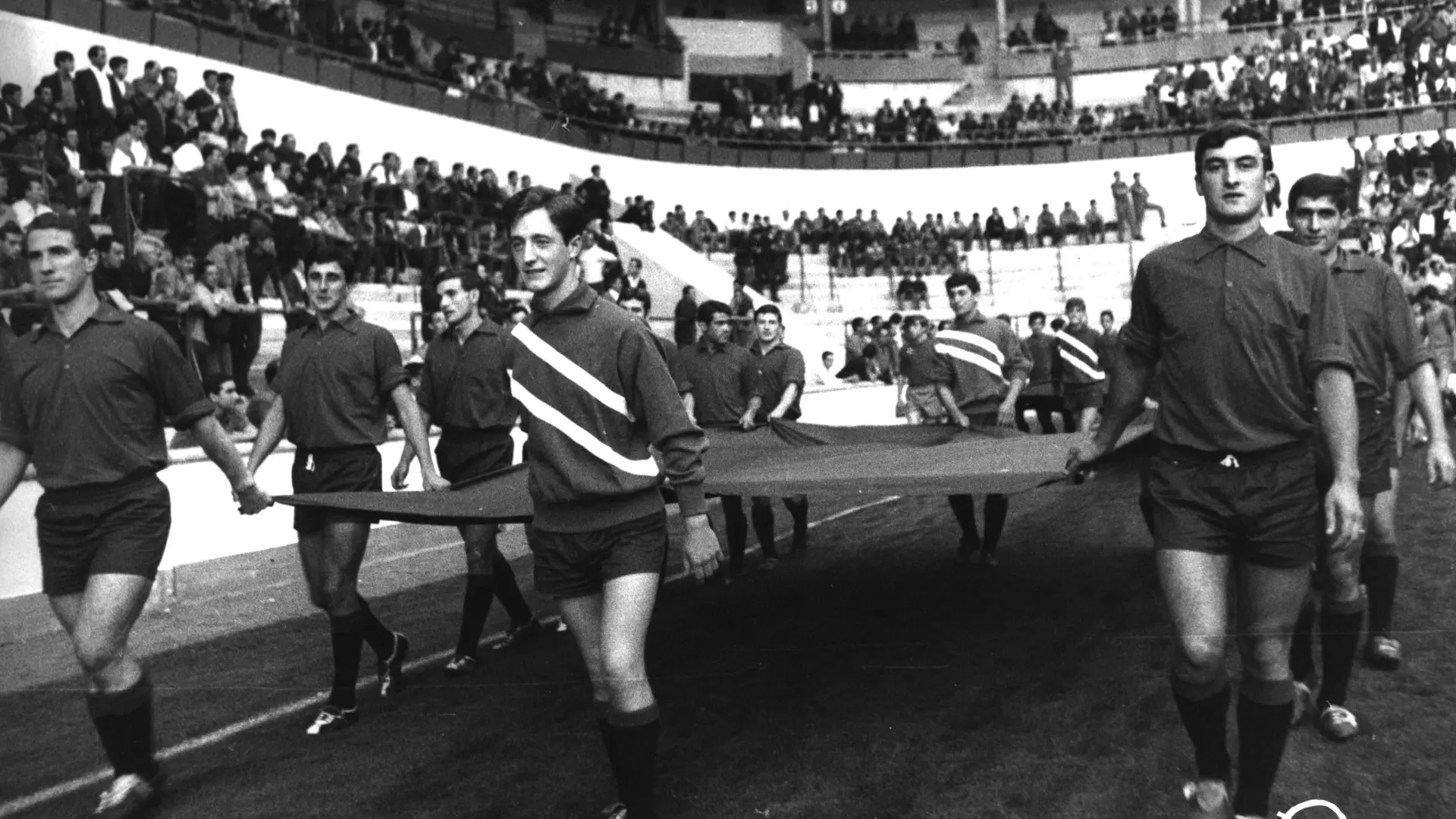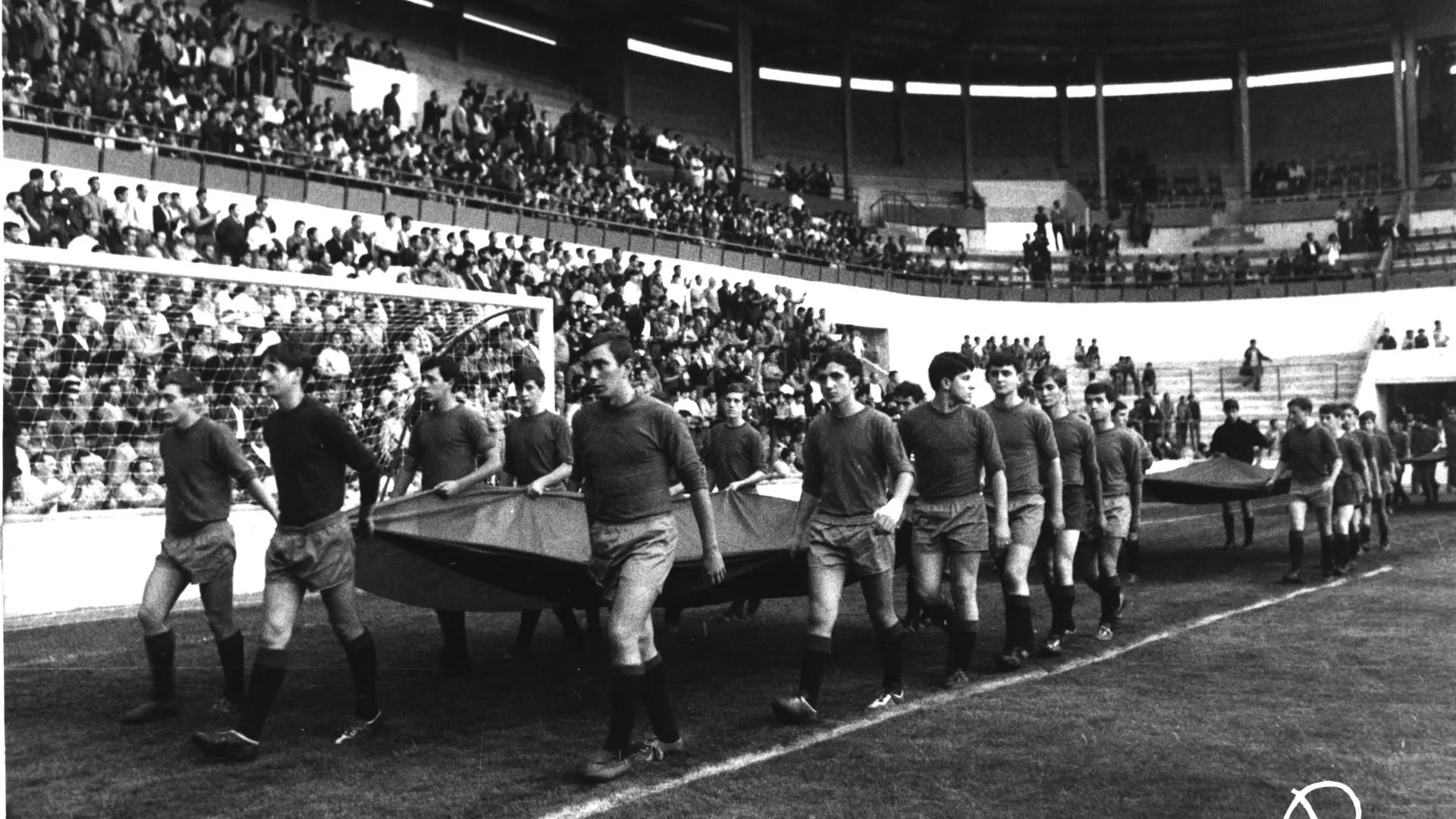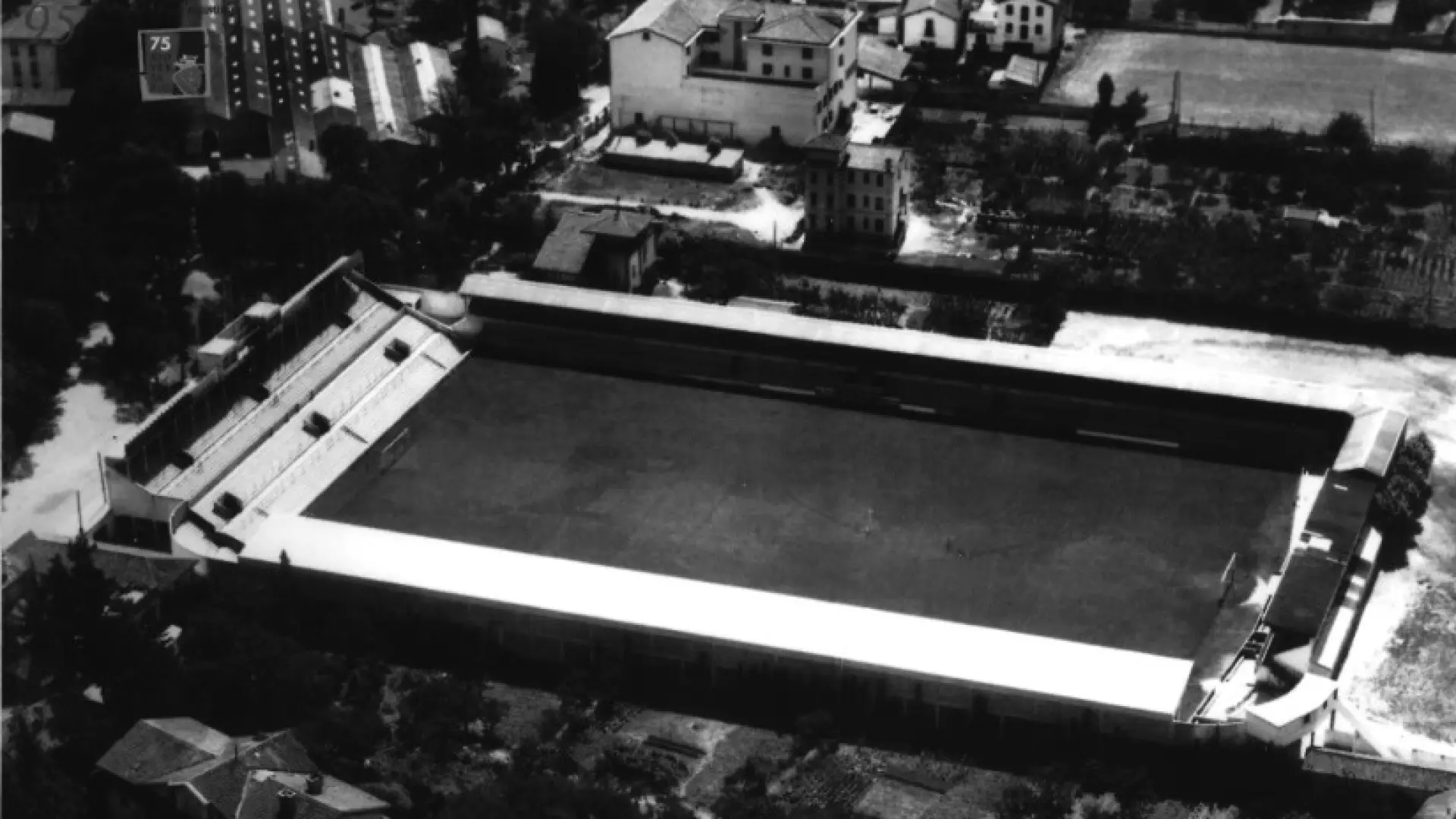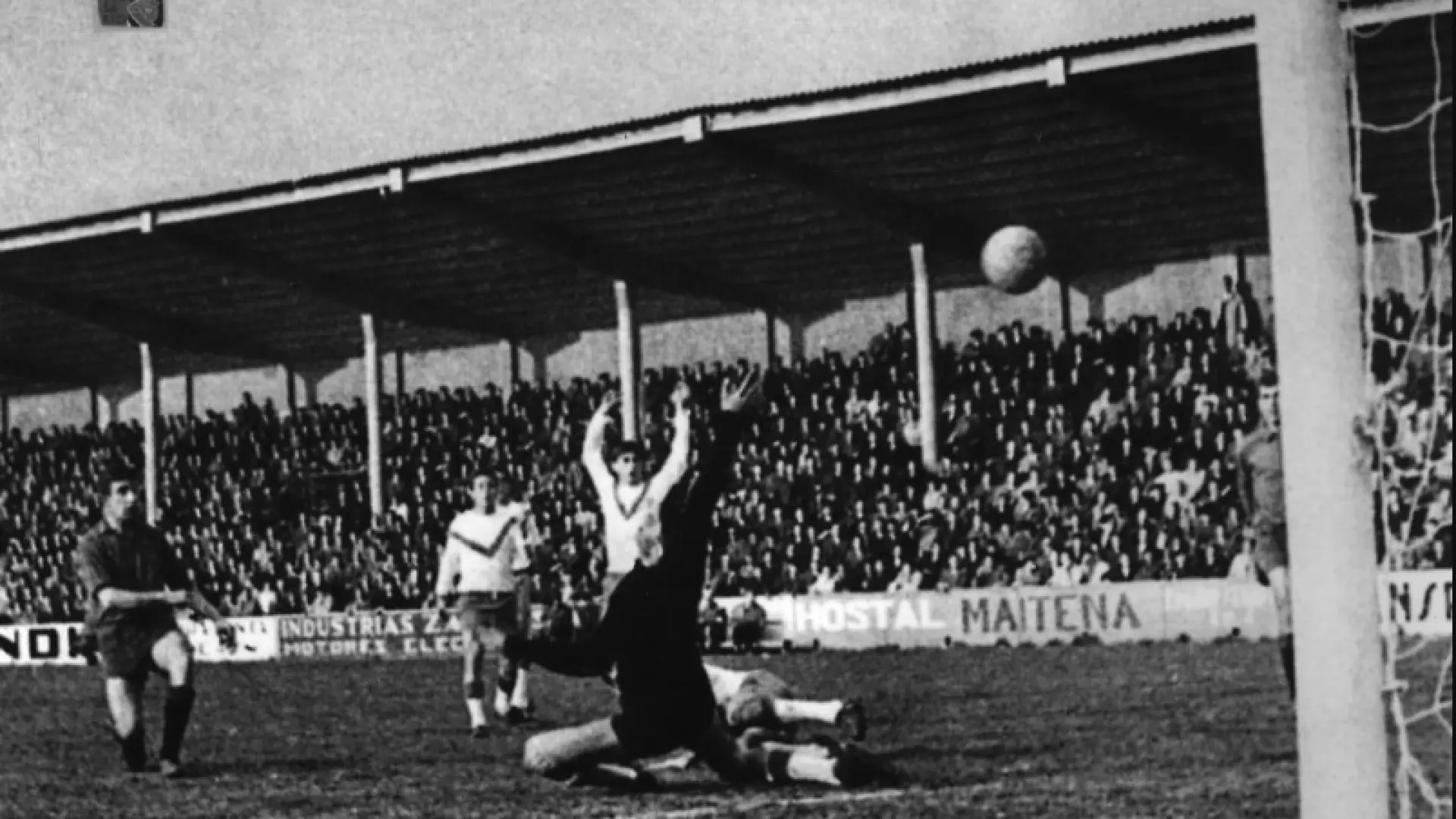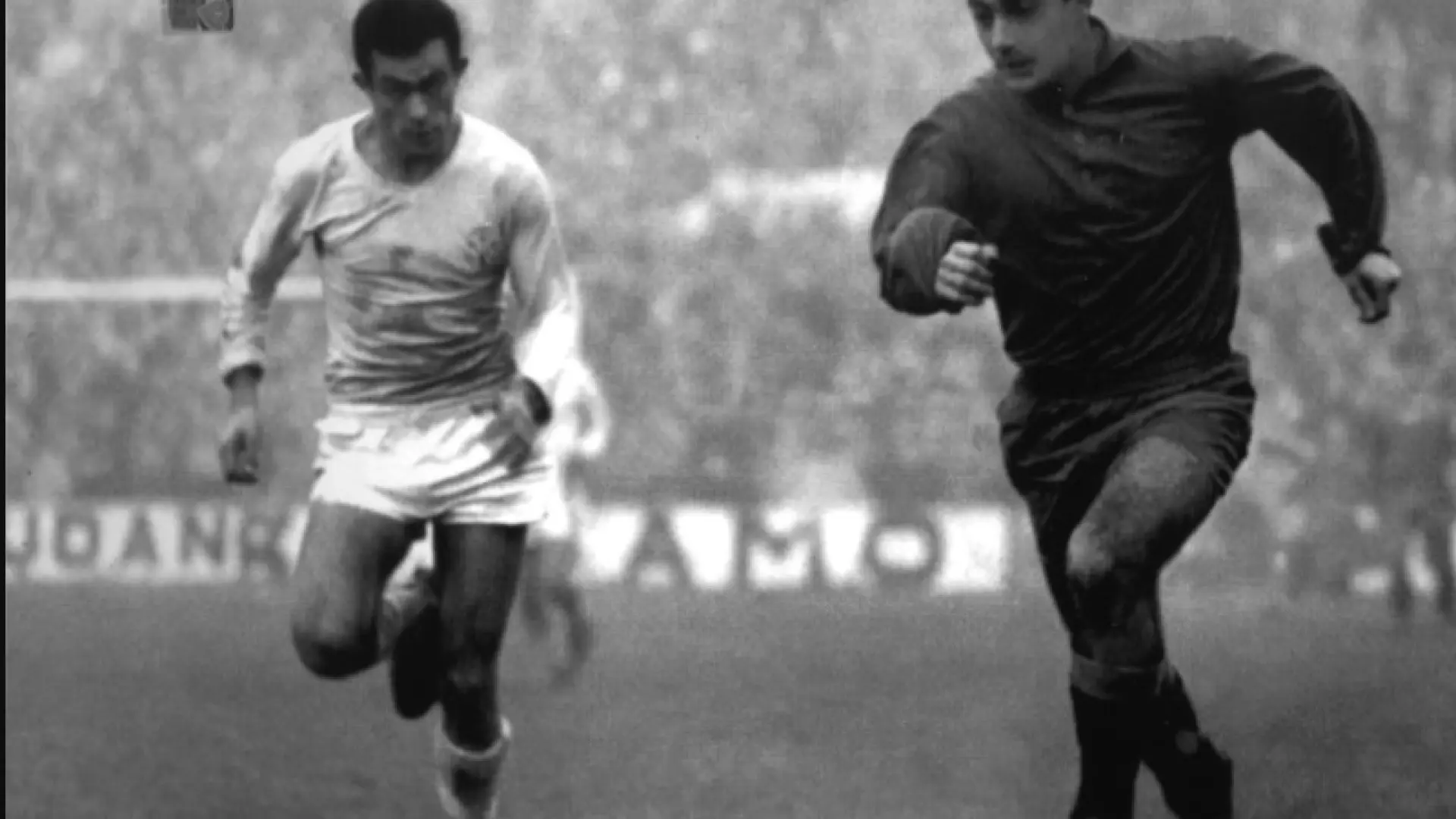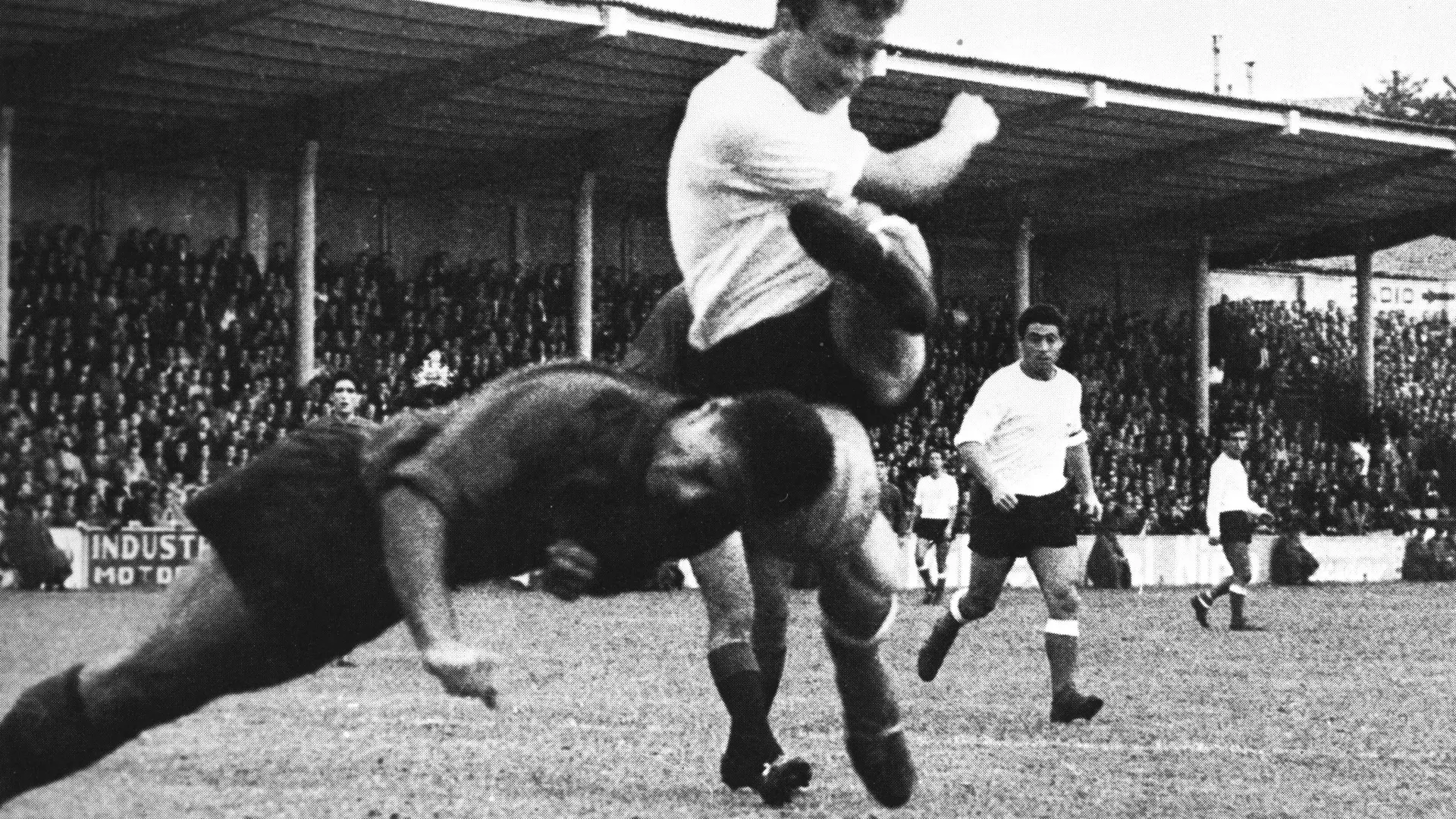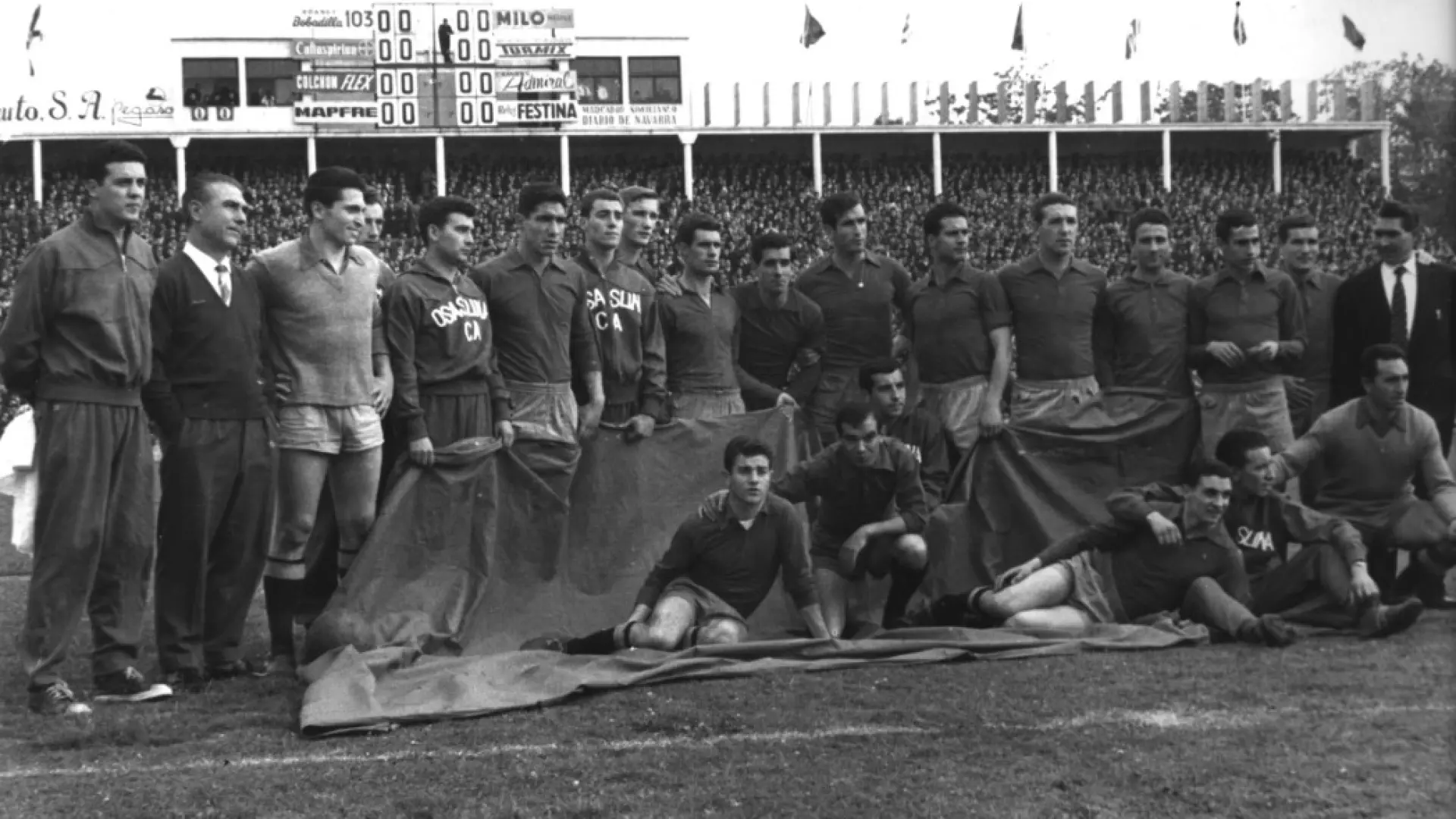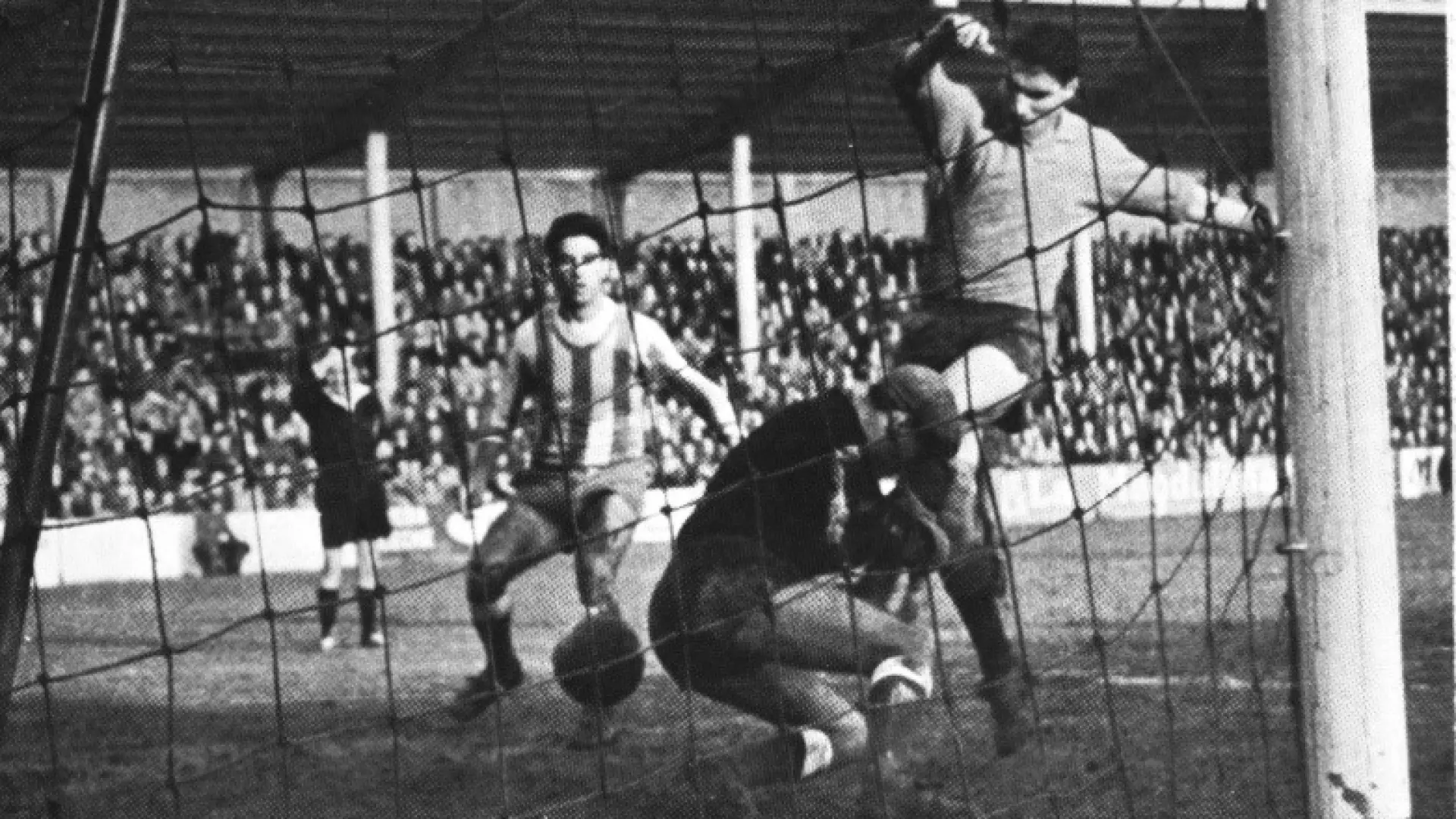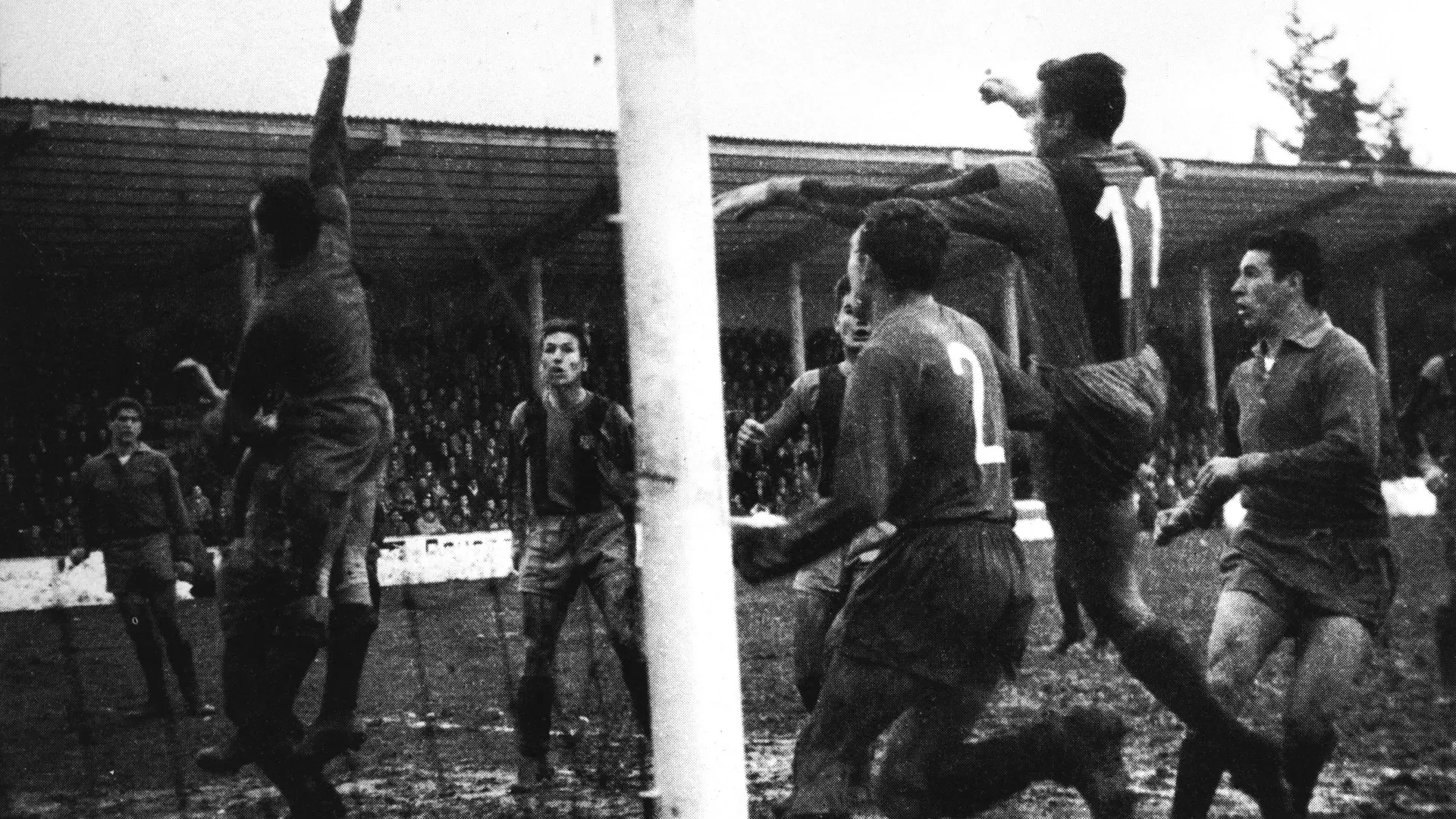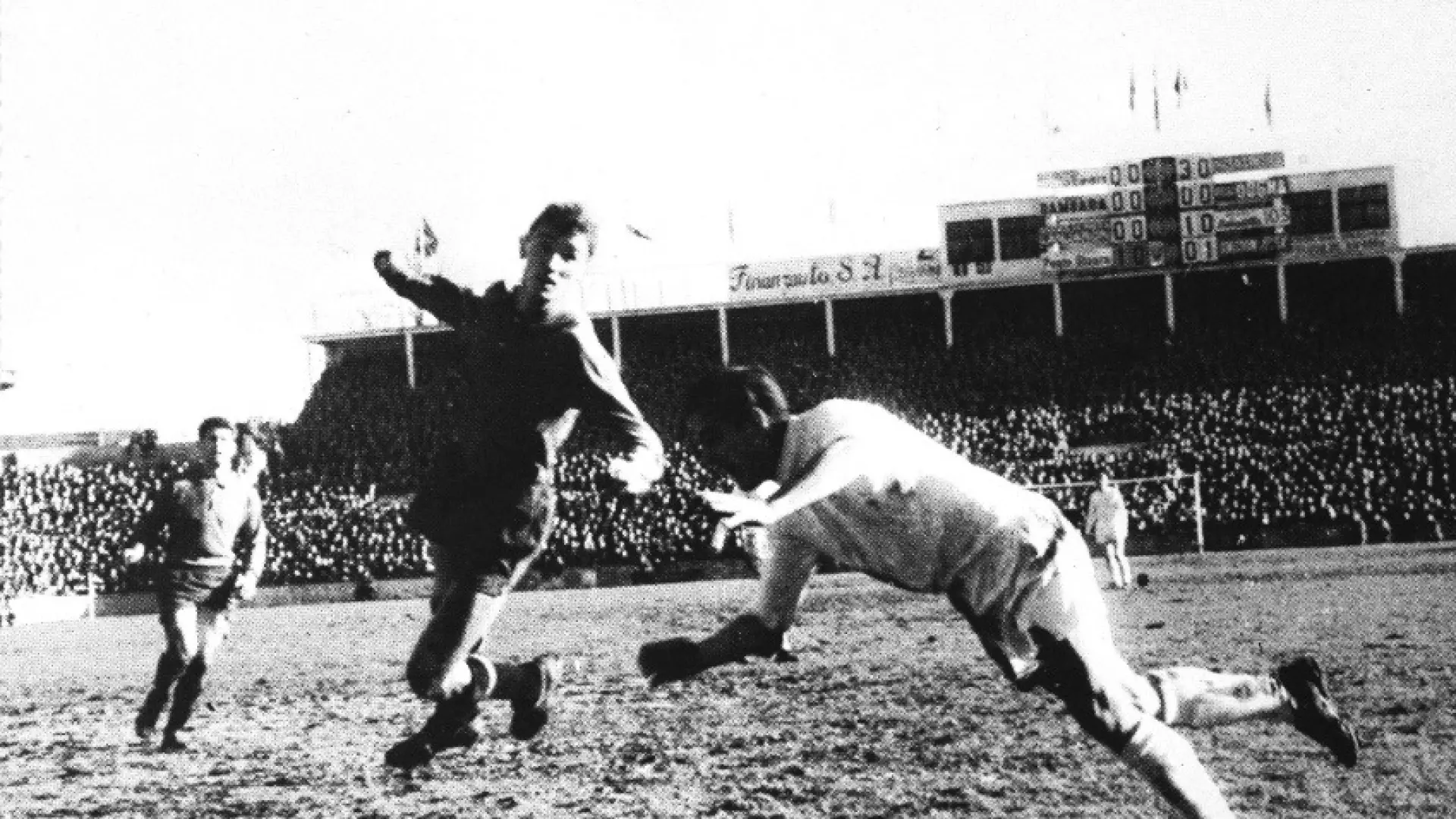1960's
El Sadar and a decade full of ups and Downs
The 1960s began with great hope for Osasuna fans. The team fought its way back to the top tier of Spanish football just a season after being relegated, and the emergence of new talent excited everyone. Their return to the elite level was marked by the club lifting the 1960-1961 Segunda División title, finishing the season with 21 wins, four draws, and five losses. They scored 83 goals while only conceding 25.
During this time, Sabino found a teammate who surpassed him in goal-scoring: Félix Ruíz. After that successful season, Ruíz was transferred to Real Madrid, but injuries prevented him from reaching his full potential.
Ruíz was not the only Rojillo to make the leap to Los Merengues; Ignacio Zoco, a promising local talent, was also on their radar. Osasuna retained Zoco for one more season before he went on to achieve greatness in Spanish football, winning numerous trophies, including the 1964 UEFA European Championship with the national team.
This generation of players also included José Antonio Hormaeche, Fernando Serena, and Josep María Fusté, who joined on loan from FC Barcelona for two seasons and left a positive impression. However, as time went on, the team's potential began to fade, with many players leaving for more prominent clubs. By 1963, relegation became inevitable, and few could predict it would take Osasuna 17 years to return to the top tier of Spanish football.
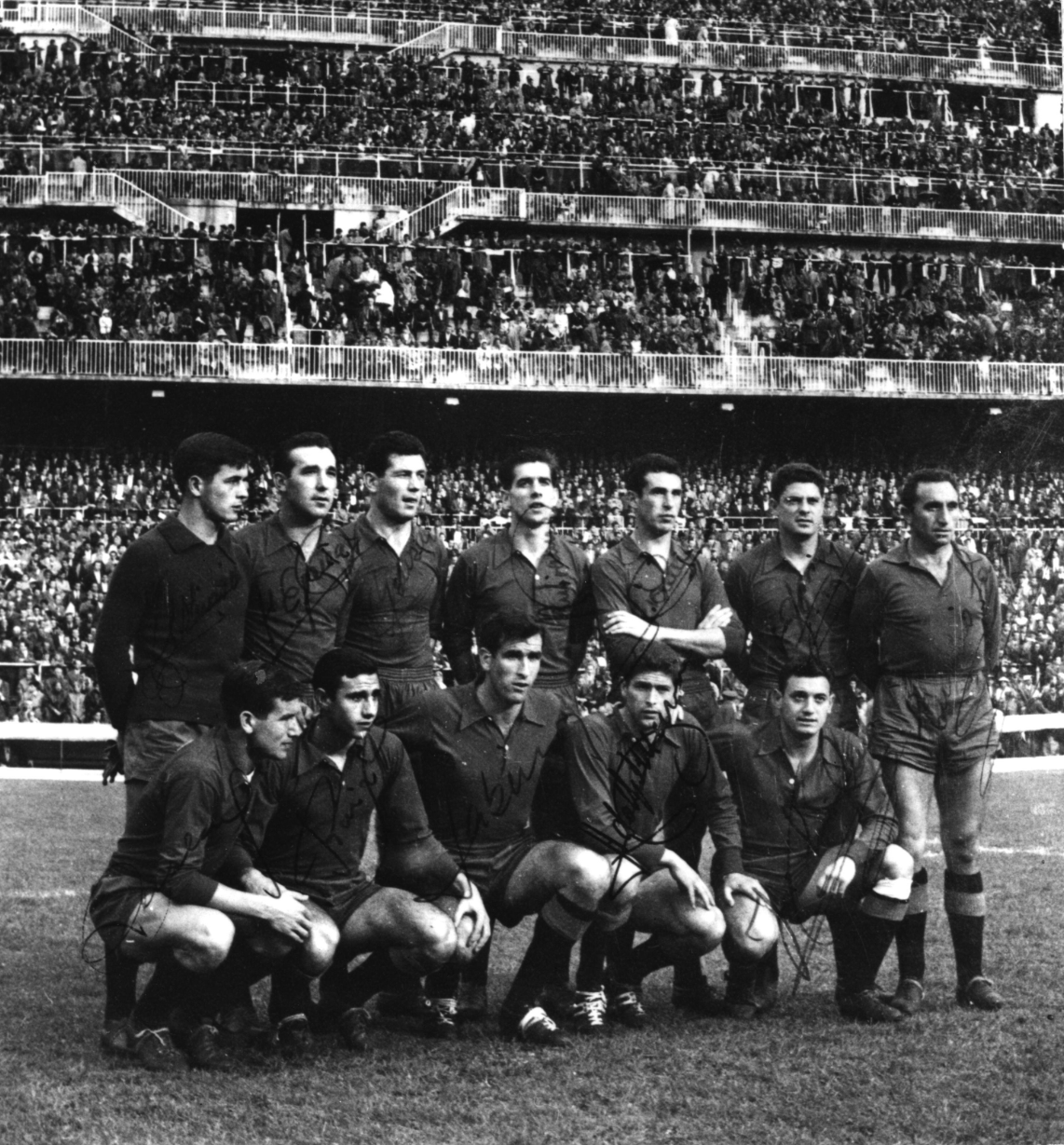
Jacinto Saldise served as president of the club from 1959 to 1970, becoming the longest-serving president until Fermín Ezcurra surpassed him in the 1980s. Saldise aimed to build a strong team to facilitate a quick return to the top tier, but this plan ultimately did not succeed. His most significant achievement was the creation of a new home for Osasuna. This led to the construction of El Sadar Stadium after selling the land of the San Juan field for housing. The estimates suggested that this sale would cover all expenses and absorb the costs of building a modern stadium, which was then located on the outskirts of the city. However, El Sadar ended up costing more than initially anticipated, leaving a financial burden for the club in the years that followed.
Following their relegation in 1963, no one could have predicted it would take Osasuna 17 years to return to Primera División. Jacinto Saldise made the key decision to sell the San Juan field land and build El Sadar, but the project exceeded its budget, creating financial challenges for the club.
One of the biggest ironies of El Sadar is that just a year after its opening in 1967, Osasuna was relegated to the third tier—resulting in a state-of-the-art stadium serving a Tercera División team. This situation mirrored the struggles faced by the club in the aftermath of the war. Emilio García Ganuza replaced Saldise as president but only held the position for a year. On the field, the club endured a high turnover of coaches and players, leading to further instability.
Despite these challenges, the club managed to bring joy to its fans, finishing the 1968-69 season with an impressive 103 goals scored. Another significant milestone occurred on May 7, 1967, when Osasuna broadcast its first match on television. It was a Copa del Rey round of 16 match against Elche, a team then in the Primera División. Osasuna won the first leg in Pamplona 2-0, but in the second leg, with the eyes of the nation watching, Elche triumphed 3-0.
